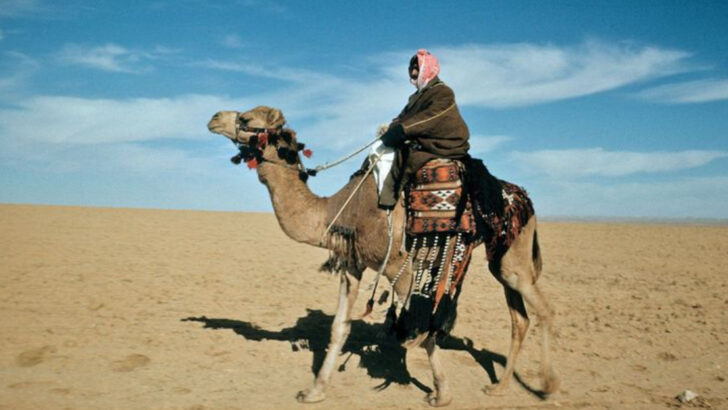Imagine going months without a single bite of food—and not just surviving, but thriving.
For some animals, fasting isn’t a struggle; it’s a superpower. Whether they’re waiting out harsh winters, conserving energy in the desert, or simply too lazy to hunt, these creatures have mastered the art of going without a meal for astonishing lengths of time.
From snakes that can slow their metabolism to near standstill to frogs that freeze solid and wake up months later like nothing happened, nature’s fasting champions put human endurance to shame. Some can outlast droughts, famines, and brutal conditions that would bring down even the toughest predators.
How do they do it? What tricks keep them alive when food is nowhere to be found? Get ready to meet 21 animals that turn starvation into an art form—and make even the best dieters look weak.
Bears during hibernation
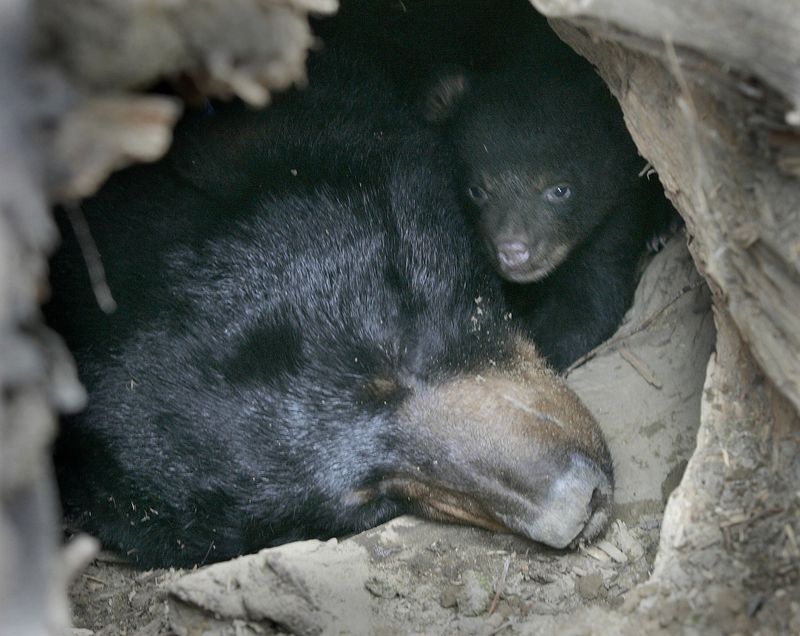
Bears are renowned for their ability to hibernate, surviving several months without eating. During hibernation, their metabolic rate drops dramatically, allowing them to conserve energy. This state of dormancy sees bears relying on fat reserves, built up during months of foraging, to sustain them through the winter.
Interestingly, bears do not eat, drink, urinate, or defecate during this period. This adaptation is crucial for survival in regions where food is scarce in the winter months. Emerging in spring, bears resume normal activity, ready to replenish their energy stores.
Camel
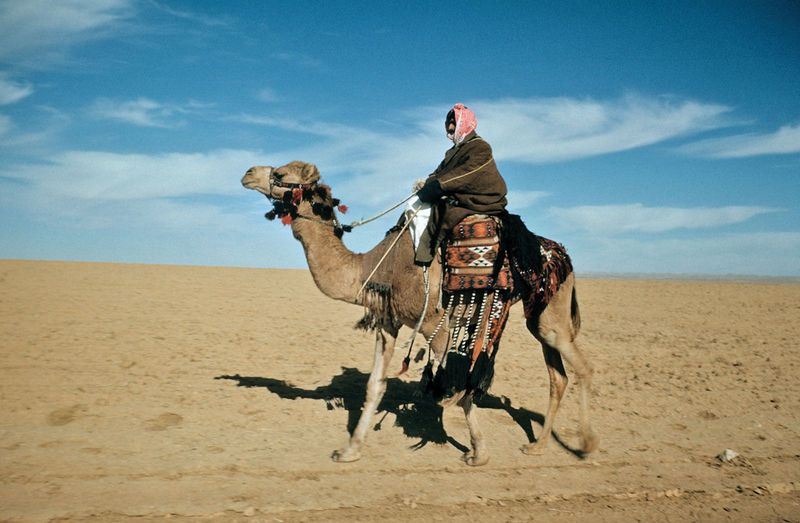
Camels are often called the ships of the desert, and for good reason! These hardy creatures can survive without food for up to several weeks, thanks to their unique physiological adaptations. They store fat in their humps, which can be metabolized into energy and water when resources are scarce.
Camels have also adapted to minimize water loss, allowing them to endure extreme heat and arid conditions. Their ability to go without food and water for prolonged periods makes them perfectly suited for desert life, where resources are often limited.
Emperor Penguin
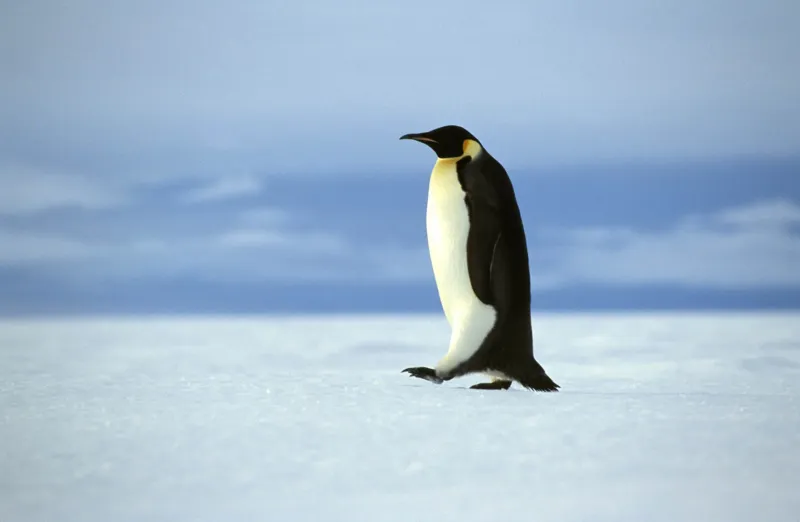
Emperor penguins are exemplary models of endurance, surviving months without eating during the harsh Antarctic winter. As they huddle together for warmth, male penguins incubate their eggs, fasting for up to 100 days. This fasting period is crucial for the survival of their offspring.
During this time, they rely on their fat reserves built up during the feeding season. This remarkable adaptation allows emperor penguins to endure the frigid temperatures and scarcity of food, ensuring the continuation of their species in one of the world’s harshest climates.
Crocodile
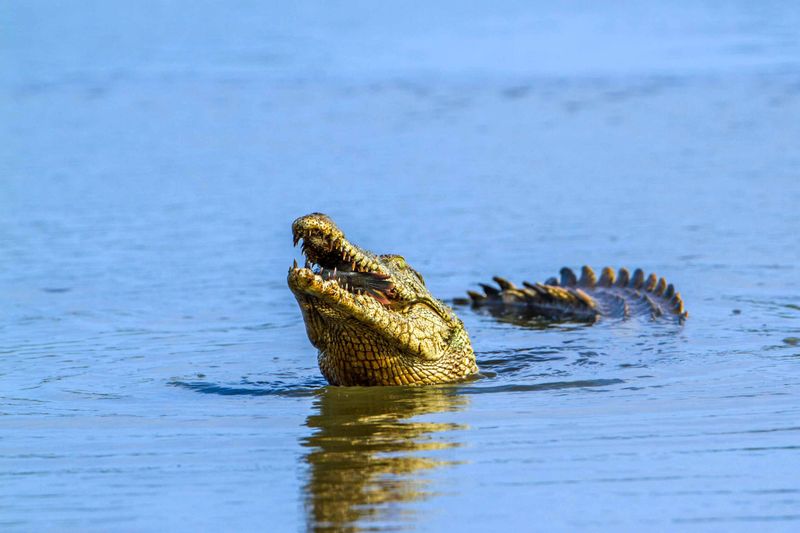
Crocodiles are masters of energy conservation, capable of surviving without food for months. These ancient reptiles can reduce their metabolic rate significantly, allowing them to conserve energy efficiently. In times of food scarcity, crocodiles rely on their slow metabolism and fat reserves.
Crocodiles can go into a state of dormancy, similar to hibernation, which enables them to survive in environments with limited prey. This adaptation has allowed them to thrive for millions of years, even as other species have faced extinction due to resource shortages.
Frogs (during estivation)
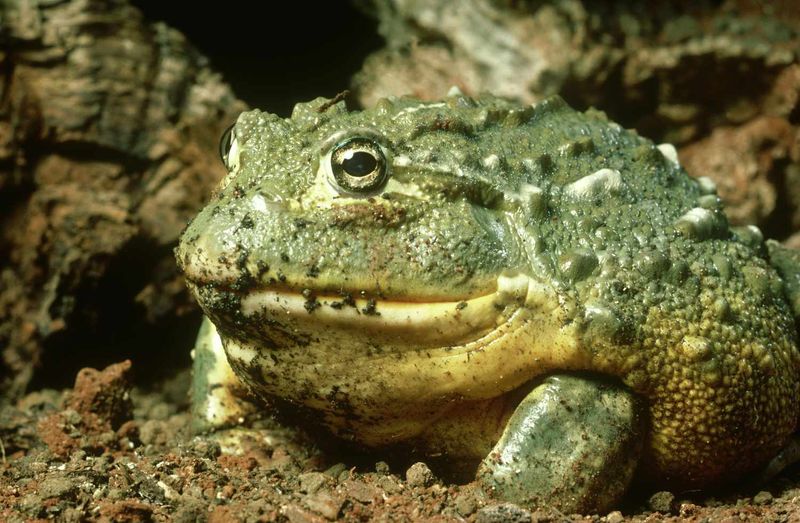
Frogs can survive long periods without food during estivation, a state similar to hibernation but in response to hot, dry conditions. They burrow into mud or soil, reducing their metabolic rate to conserve energy. This adaptation helps them endure periods when water and food are scarce.
By estivating, frogs can survive until favorable conditions return, allowing them to emerge and resume their active lives. This survival strategy is essential for frogs living in environments with extreme seasonal changes, ensuring their persistence through challenging periods.
Marine Iguana
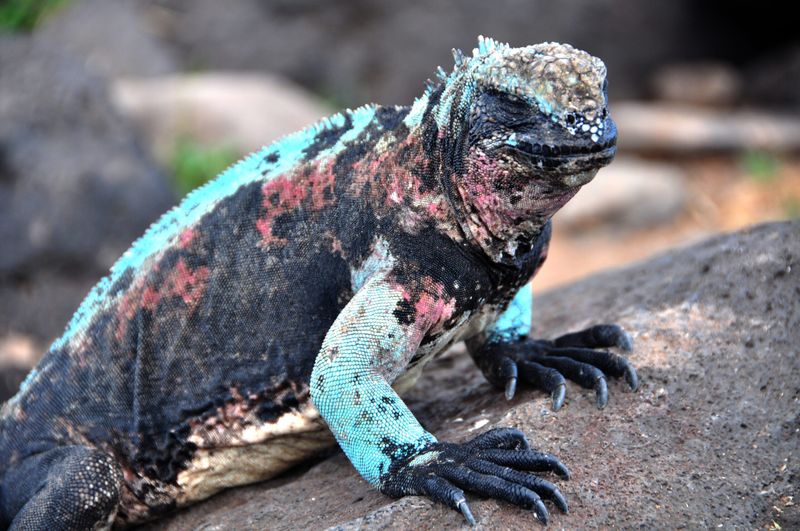
Marine iguanas have a unique ability to survive without food for extended periods, particularly during El Niño events, which limit their food supply. These iguanas can shrink in size, reducing their energy needs. They primarily feed on algae, which can become scarce.
During food shortages, marine iguanas rely on their fat reserves and reduced metabolism to sustain themselves. This remarkable adaptation allows them to survive in a fluctuating environment, maintaining their population even during challenging times when resources are limited.
Olms
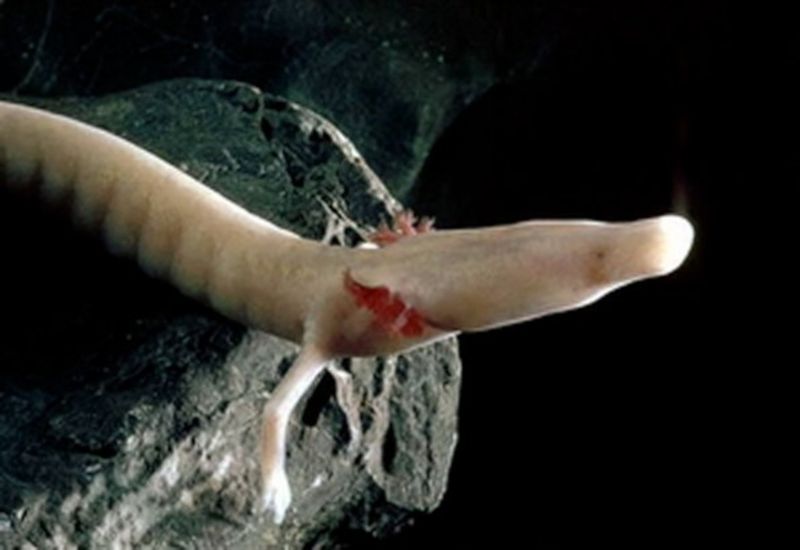
Olms, also known as cave salamanders, are fascinating creatures capable of surviving up to a decade without food. Living in the dark, nutrient-scarce environments of underwater caves, olms have adapted by developing an extremely low metabolic rate.
This adaptation allows them to conserve energy and survive long periods of food scarcity. Olms can also regenerate their tissues, which aids in their survival. With such unique adaptations, they are well-equipped to endure and thrive in their subterranean habitats, exemplifying nature’s ingenuity in the face of adversity.
Snakes (during brumation)
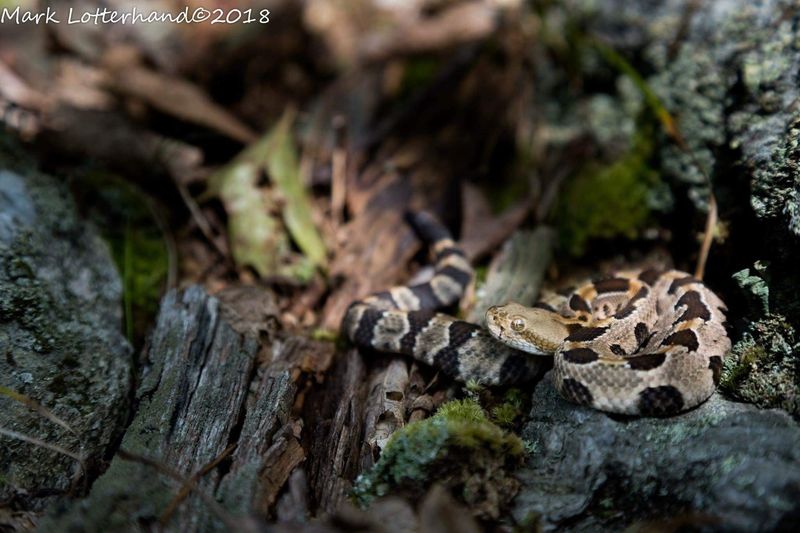
Snakes undergo brumation, a hibernation-like state that allows them to survive months without food. During this period, their metabolic rate lowers, reducing energy requirements. Brumation helps snakes endure colder months when food is scarce and temperatures drop.
They become less active and often find refuge in burrows or crevices. Once warmer temperatures return, snakes emerge, ready to hunt and replenish their energy. This survival strategy is crucial for snakes living in temperate climates, ensuring their persistence through seasonal changes.
Galápagos Tortoise
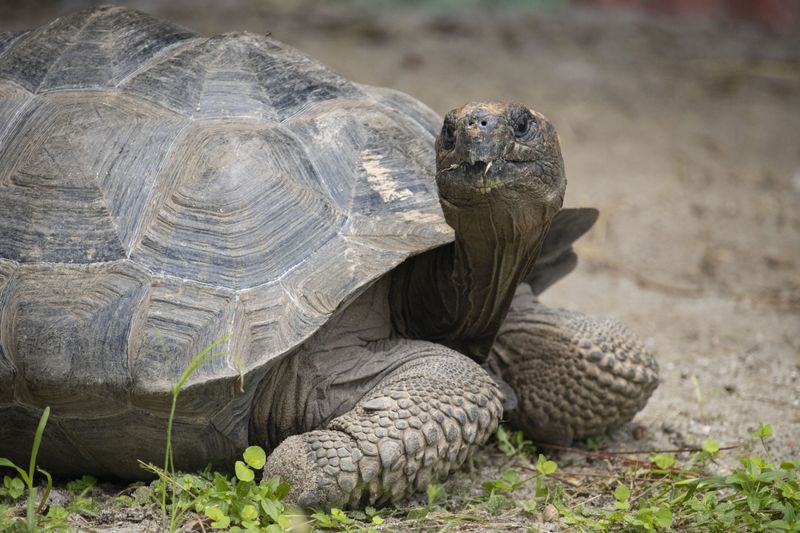
Galápagos tortoises are remarkable for their ability to survive without food for up to a year. These giants of the animal kingdom rely on their slow metabolism and large internal fat reserves to sustain them during food scarcity.
Their ability to go without food and water is essential for living on islands where resources can be limited and unpredictable. This adaptation has allowed Galápagos tortoises to thrive for centuries, contributing to their longevity and resilience in the face of environmental challenges.
Scorpions
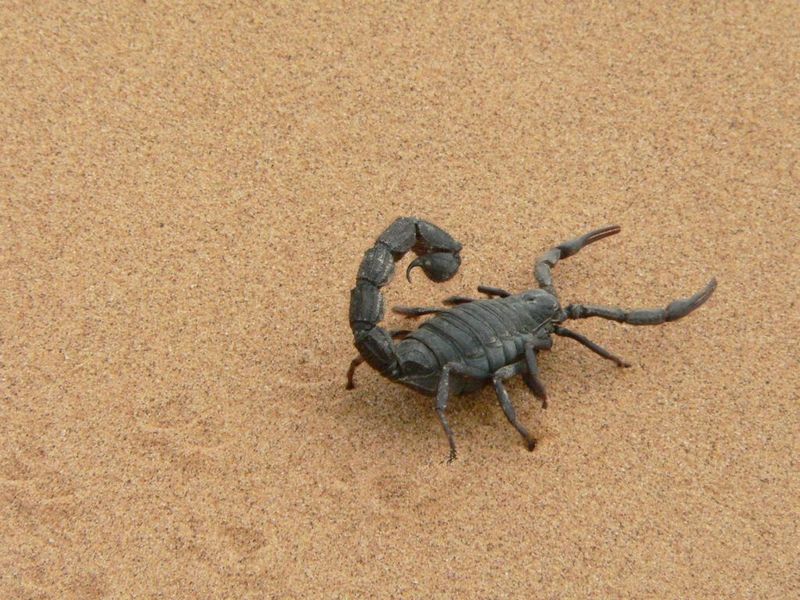
Scorpions are highly adapted to desert environments, capable of surviving without food for up to a year. Their metabolic rate is incredibly low, allowing them to conserve energy and endure prolonged periods without nourishment.
Scorpions can slow down their bodily functions and are efficient at utilizing any available food and water. This adaptability makes them formidable survivors in harsh, arid landscapes where resources are limited. Their resilience and ability to withstand extreme conditions ensure their survival across diverse environments.
Cavefish
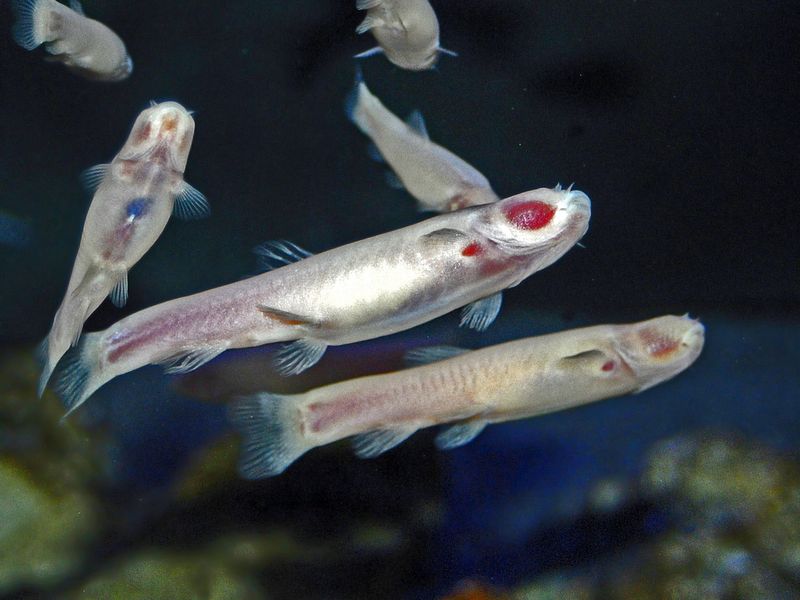
Cavefish are intriguing creatures that have adapted to living in the nutrient-poor environments of underground caves. They can survive long periods without food by significantly lowering their metabolic rate. This adaptation allows cavefish to conserve energy in habitats where food is scarce.
Their lack of pigmentation and reduced sensory organs reflect their specialized lifestyle. These adaptations enable cavefish to thrive in their unique ecosystems, highlighting the incredible resilience of life in some of the most challenging environments on Earth.
Tardigrades
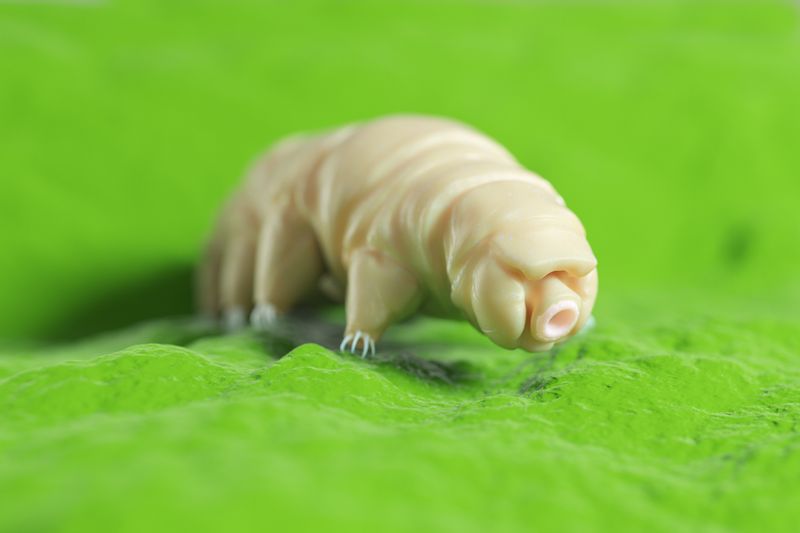
Tardigrades, often called water bears, are microscopic marvels capable of surviving without food or water for up to 30 years! They enter a cryptobiotic state, where their metabolism nearly stops, allowing them to endure extreme conditions.
In this state, tardigrades can withstand desiccation, freezing, and even radiation. Their resilience is unmatched, making them one of nature’s most indestructible creatures. By suspending their life processes, tardigrades showcase the incredible adaptability of life in the face of adversity.
Pelican Eels
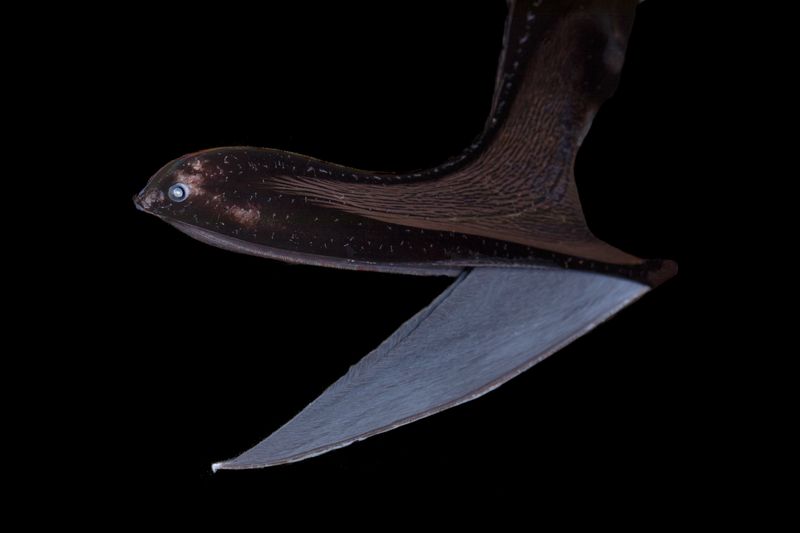
Pelican eels are fascinating deep-sea creatures that can survive without food for extended periods. Living in the ocean’s depths, where food can be scarce, they have adapted by being able to swallow prey larger than themselves.
Their large mouths and expandable stomachs allow them to take full advantage of any available meal. When prey is not abundant, pelican eels rely on their slow metabolism to conserve energy, enduring the sparse resources of their deep-sea habitat. This adaptability ensures their survival in one of the most challenging environments on the planet.
Gila Monster
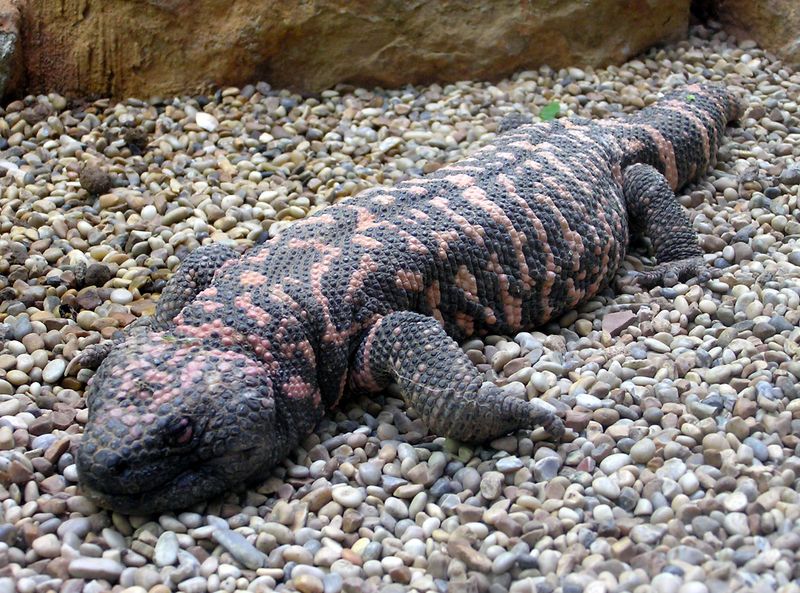
Gila monsters are unique lizards capable of surviving months without food. They store fat in their tails, which they can metabolize during food scarcity. This adaptation allows them to thrive in arid desert environments.
Gila monsters have a low metabolic rate, helping them conserve energy when resources are limited. By relying on their fat reserves, they can endure long periods without nourishment, ensuring their survival in harsh, unforgiving landscapes. Their remarkable ability to withstand prolonged fasting highlights their resilience and adaptability.
Spadefoot Toad
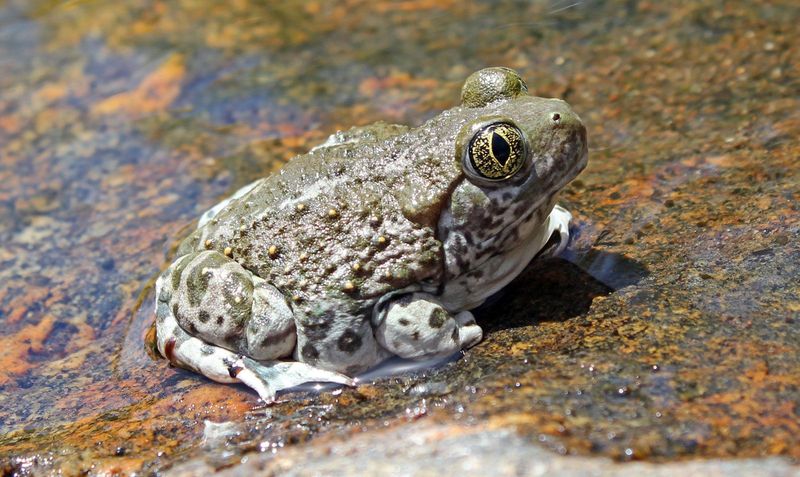
Spadefoot toads are remarkable amphibians that can survive long periods without food by entering a state of estivation. During dry seasons, they burrow into the ground, reducing their metabolic rate.
This adaptation allows them to conserve energy and endure harsh conditions until the rains return. Once the environment becomes favorable again, they emerge to feed and reproduce. This survival strategy is crucial for spadefoot toads living in regions with unpredictable climates, ensuring their persistence through challenging periods.
Burmese Python
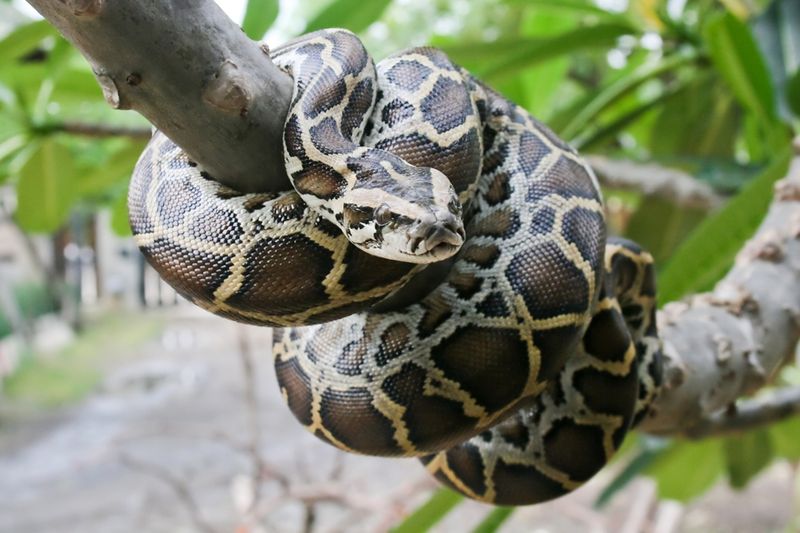
Burmese pythons are impressive reptiles that can survive without food for months. They achieve this through a low metabolic rate and the ability to consume large meals, which sustain them over extended periods.
When prey is scarce, these pythons rely on their fat reserves to endure. Their adaptability in managing energy requirements makes them formidable predators, capable of surviving in diverse environments. This resilience allows Burmese pythons to thrive in habitats where resources fluctuate, ensuring their continued success as apex predators.
Antarctic Krill
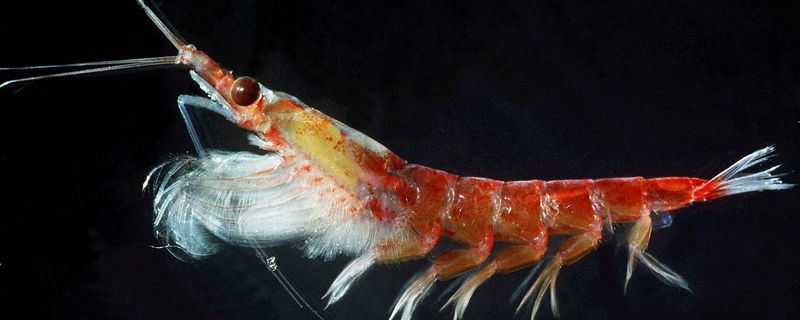
Antarctic krill are tiny crustaceans capable of enduring months without food. During winter, when algae is scarce, they shrink in size, reducing their energy needs. This remarkable adaptation allows them to survive in the frigid, nutrient-poor waters surrounding Antarctica.
Krill can metabolize their own body reserves, sustaining themselves until food becomes available again. Their ability to endure such harsh conditions makes Antarctic krill vital to the ocean ecosystem, serving as a crucial food source for many marine species.
Wolf Spider
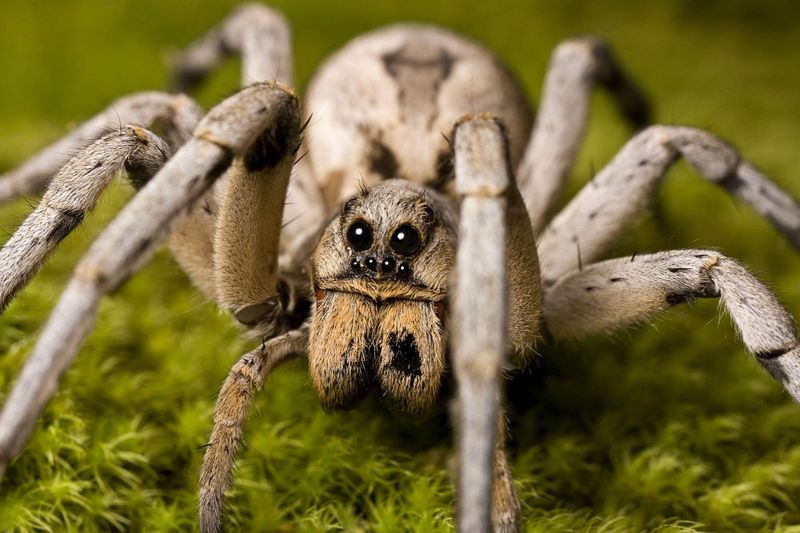
Wolf spiders are agile predators capable of surviving without food for long periods. Their hunting efficiency and ability to conserve energy allow them to endure scarcity in their environment.
These spiders can reduce their metabolic rate and rely on stored energy reserves. This adaptation ensures their survival during times when prey is not readily available. By maintaining their energy balance, wolf spiders remain resilient hunters, capable of thriving in diverse habitats where resources may fluctuate.
Rattlesnake
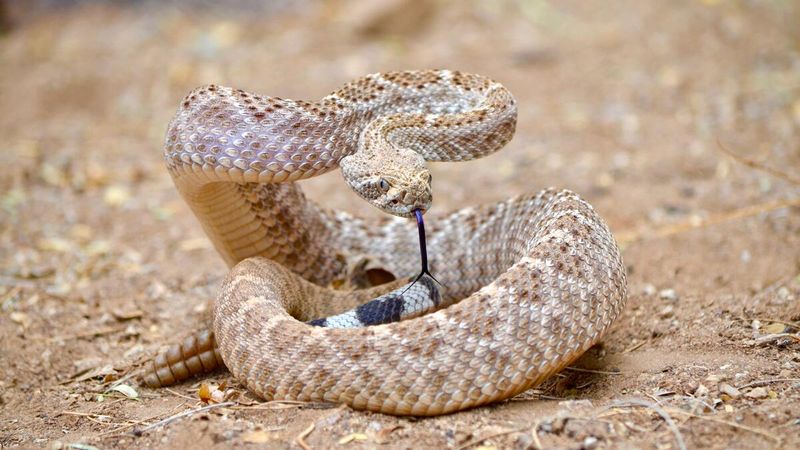
Rattlesnakes are skilled predators that can survive without food for months. They achieve this through a low metabolic rate and efficient energy storage. During food scarcity, rattlesnakes rely on their fat reserves.
Their ability to endure prolonged fasting is crucial for survival in environments where prey availability is unpredictable. By conserving energy and waiting for the right opportunity to strike, rattlesnakes maintain their position as formidable hunters in diverse landscapes.
Common Snapping Turtle
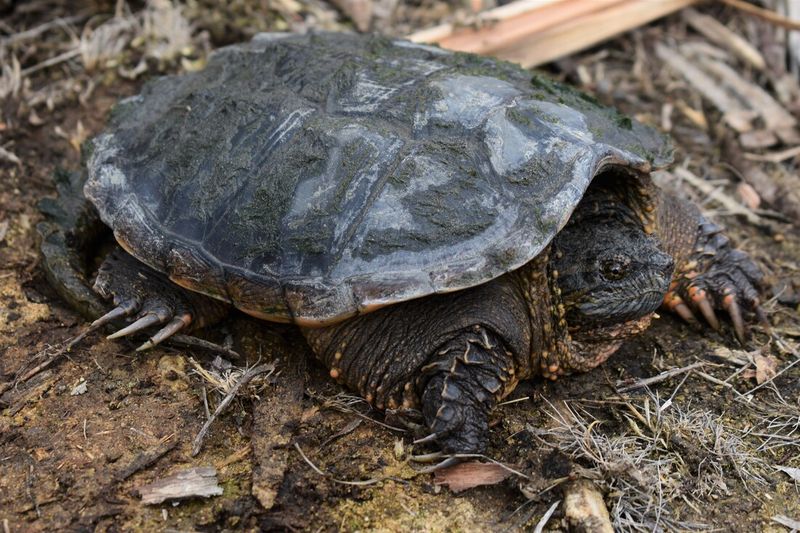
Common snapping turtles are resilient reptiles capable of surviving months without food, particularly during colder months. They enter a state of brumation, where their metabolic rate decreases significantly.
In this state, they remain inactive, conserving energy until conditions improve. Their ability to endure long periods without nourishment allows snapping turtles to survive in environments with fluctuating resources. This adaptability ensures their persistence across diverse habitats, from ponds to rivers.
Weta
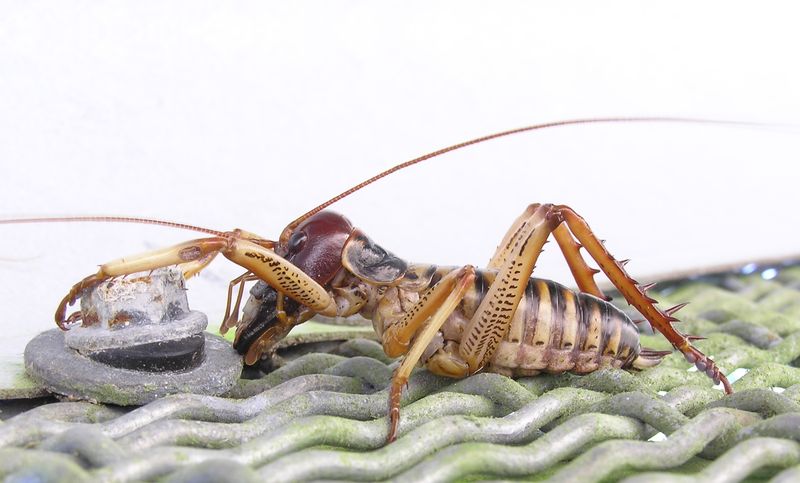
Wetas are remarkable insects native to New Zealand, capable of surviving without food for extended periods. They achieve this by entering a state of dormancy, reducing their metabolic rate significantly.
This adaptation allows wetas to endure harsh conditions and scarcity of resources in their environment. Their resilience and ability to withstand prolonged periods without nourishment underscore their survival in challenging ecosystems, highlighting the incredible adaptability of life in diverse habitats.

